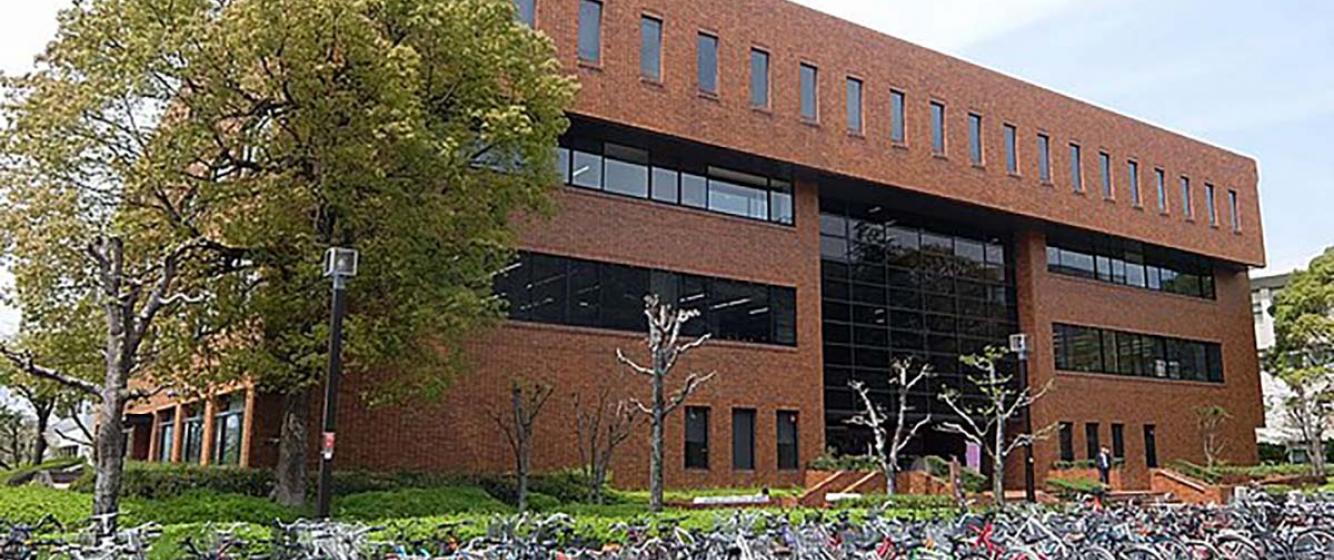
Japan’s Southeast Asian Studies and the Incorporation of Regional Scholarship: A Citation Analysis
This post uses the method of citation analysis to examine key characteristics of the published research that have been incorporated into Japanese Southeast Asian Studies.
In “Intellectual Imperialism: Definition, Traits, and Problems,” Syed Hussein Alatas criticized Asian social science research for lacking creativity, and Asian researchers in general for merely providing data and topics for Western researchers.[1] Although Alatas makes no direct reference to Japan in his critique, as far as I can see, there is no response to Alatas from Japanese researchers. It is generally said that Japanese Southeast Asian Studies is characterized by collaboration with Southeast Asian scholars. Empirical data to support these narratives, however, is lacking. This research aims to present such missing data.
This study examines the journal articles cited in Japan’s Southeast Asian Studies from 1987-2016 using the method of citation analysis, specifically investigating language and country of publication. Four representative journals of Asian Studies published in Japan were targeted. The number of extracted journal articles and citations are: (1) Ajia Kenkyu [Asian Studies] – 794 citations collected from 108 articles; (2) Ajia Keizai [Asian Economics] – 1546 citations collected from 201 articles; (3) Tonan Ajia: Rekisi to Bunka [Southeast Asia: History and Culture] – 687 citations collected from 91 articles; and (4) Nampo Bunka [Tenri Bulletin of South Asian Studies] – 924 citations collected from 128 articles.
The results show that while English- and Japanese-language articles accounted for the majority of citations, Southeast Asian articles were cited to some extent. As for the country of publication, while Japan accounted for around 40% of citations, English-native countries (the US, the UK, Canada, and Australia) and Southeast Asian countries accounted for about 25% each. Of course, we need a comparison with results of similar studies in other countries to draw conclusions. Nevertheless, to some extent, these figures show that Southeast Asian Studies in Japan has incorporated published research from Southeast Asian countries and has valued the research attitude of seeing and considering Southeast Asia from the region’s own perspective.
However, in the social sciences, citations to articles in Southeast Asian languages declined during the 2010s, and citations from journals published in Southeast Asian countries have also been decreasing since the 2000s. More than before, social science researchers increasingly depend on English-language articles and articles approved by gatekeepers in English-native countries. In the arts and humanities, this trend is not clear at this moment. But considering that, as is commonly said, research in all fields is becoming more science-based and that this trend has been going on in social sciences in advance of arts and humanities, it is conceivable that the decline in citing articles in Southeast Asian languages or published in Southeast Asia will be observed in arts and humanities in the future. As a managing editor of journals published in Japan, I am concerned about such a future, which does not support the enhancement of bibliodiversity,[2] something that scholars in recent years have highlighted as important to academic communication.
[1] Alatas, S. H. (2000). Intellectual imperialism: Definition, traits, and problems. Asian Journal of Social Science, 28(1), 23-45.
[2] Shearer, Kathleen, Chan, Leslie, Kuchma, Iryna, & Mounier, Pierre. (2020). Fostering Bibliodiversity in Scholarly Communications: A Call for Action. Zenodo. https://doi.org/10.5281/zenodo.3752923
Add new comment